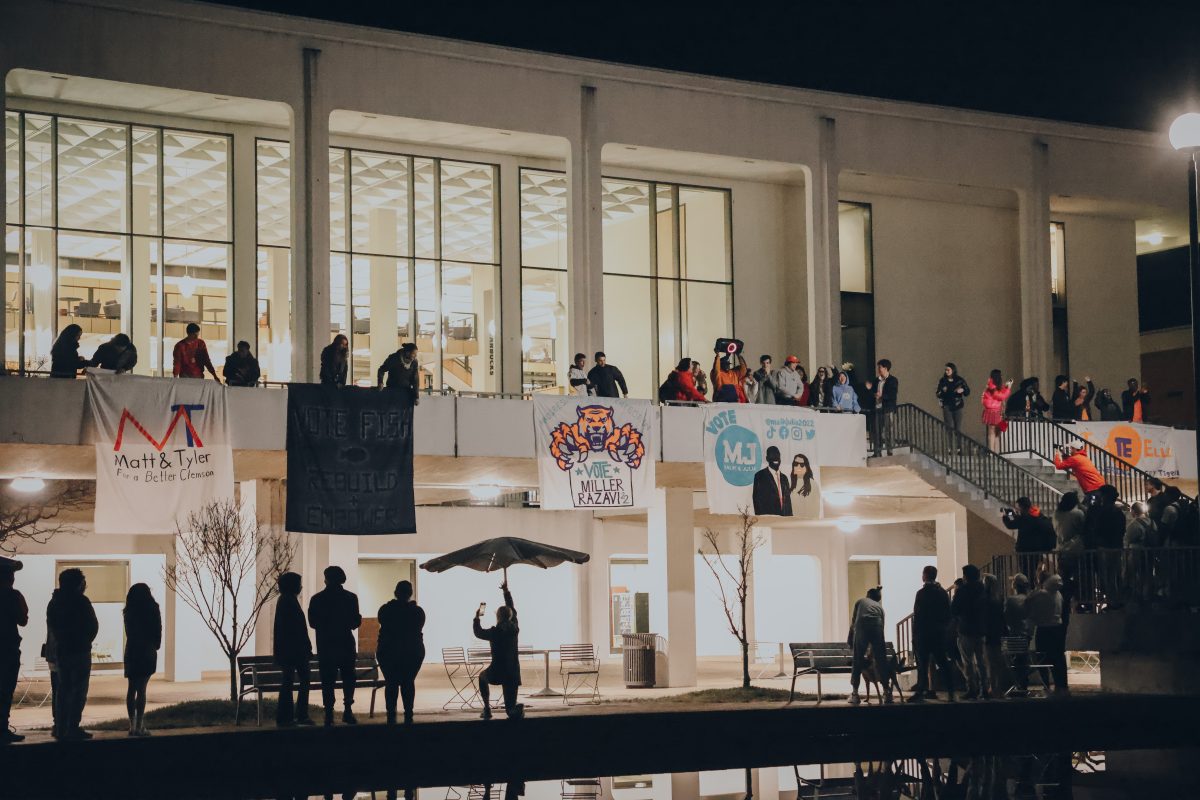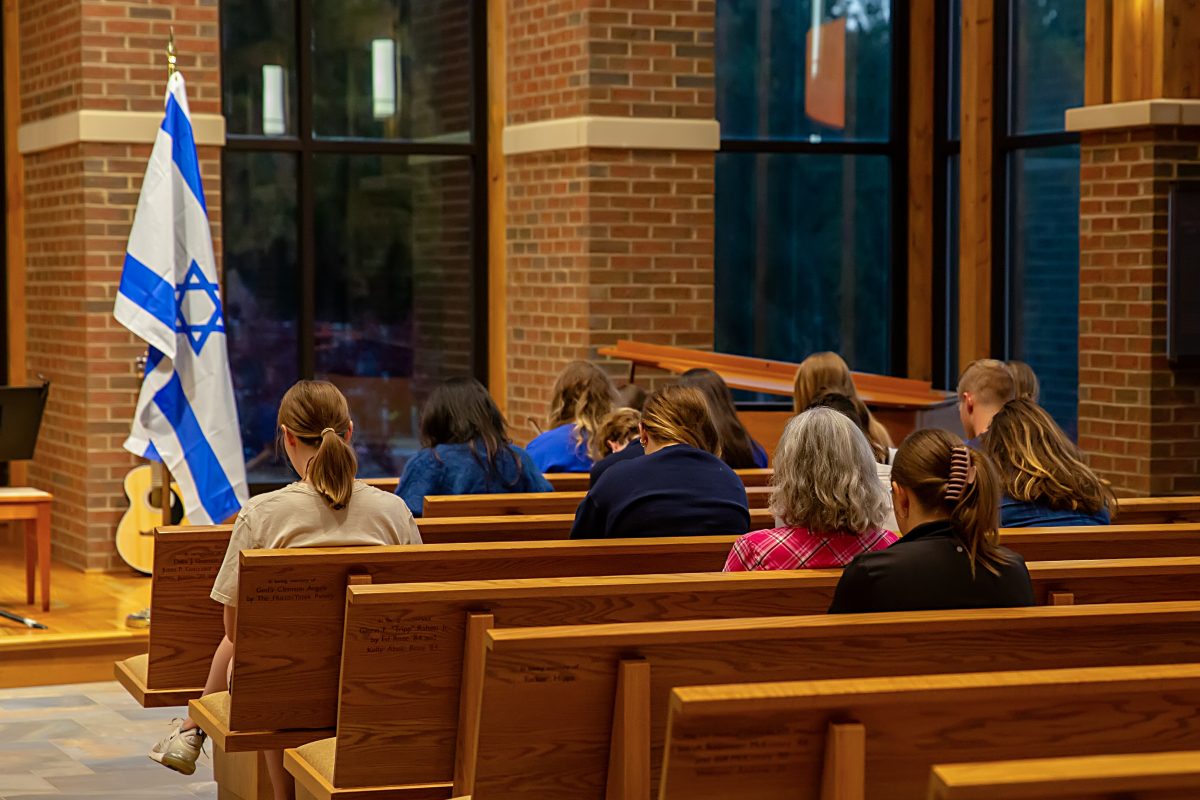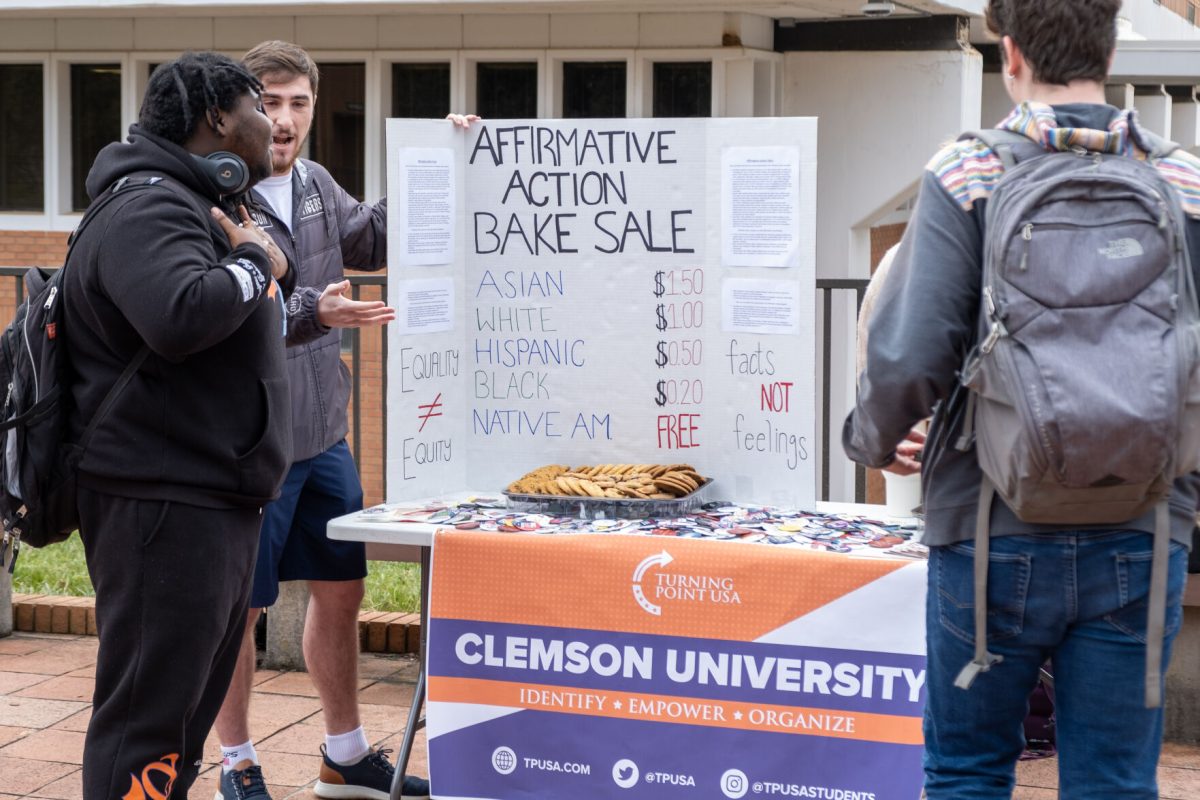In an almost parallel timeline to the primary races happening on the national stage, the Clemson community just underwent its annual undergraduate student government elections. The typical forms were sent out, and students reported who they wanted to see representing them, except for one glaring detail. The ticket for student body president and vice president listed only one name each: Kellan Fenegan and Dre Moxie.
This is the peak of multiple years of the race for student body president and vice president, drawing fewer and fewer students to throw their hat into the electoral ring and pointing to a possible illness in the student government body at Clemson.
First, Fenegan and Moxie drew 3,078 votes, with 210 votes being write-ins. This totals only 3,288 votes being cast out of a student body of 22,877 total undergraduates. This leaves 19,589 students as voluntarily unrepresented.
While this was a choice on behalf of those students, it should be a red flag to CUSG that they are honestly representing only 13% of the total undergraduate population. Beyond this underrepresentation, it is concerning that 210 voters actively wrote in alternative candidates. For an undergraduate population of Clemson’s size, these 210 are statistically significant and represent an unidentified urge within the student body for alternative representation than the one ticket they were provided to choose.
In theorizing about why Clemson students only had one option to choose to represent them for student body president and vice president, turning to the past student body presidents and vice presidents can provide a possible answer.
Out of the past four student body presidents, all hail from either the Student Alumni Council or Clemson University Guide Association and often both. This means that the figures most prominently representing Clemson undergrads are coming from a very small percentage of the school’s actual population, pipelining from these two aforementioned organizations into office.
This comes in tandem with fewer and fewer student pairs running on the ticket for presidential and vice presidential office at all. In the 2022 election, at least four pairs were in the primaries for the Clemson elections, with even fewer in the 2023 election, and now, only one remains. This shrinking of competition is direly unhealthy for any form of representation, be it on the university scale or larger.
Greater transparency is needed from CUSG, alongside measures to encourage a stronger and more diverse electorate for these executive positions in student government. Encouraging students in groups outside of SAC or CUGA to run for positions, placing lower limits on the amount of money that can be used in a student body president and vice president campaign to ensure students of all socioeconomic levels can have a fair opportunity in the running and working to prevent the pseudo-patronage system of promising positions to the top 15 members of those running for student body president and vice president as those figures are often poached as posing a risk as potential competitors for elections.
In 2022, Harvard students voted overwhelmingly to dissolve their student government in favor of drafting a new constitution and body, which was done by a body assembled from their student population to be by and for the students served.
Actively seeking to amend a body that is dying and involving the students it will serve in its new creation process are essential steps CUSG should consider. Harvard’s example shows that change can happen and that there is hope for the undergraduate student government at Clemson to be strengthened and improved; there must be a propellant and willingness for this change.
For now, CUSG has a new administration coming in. While there are less than desirable conditions for this new guard to step forward and lead the undergraduate body at Clemson. Hopefully, Fenegan and Moxie will recognize the needs of the Clemson undergrad community and take the needed steps to create a better student government for them.
Raleigh Adams is a senior political science major at Clemson University.








